Table of Content
- About Lucknow Kanpur Expressway
- Construction and Project Timeline
- Route and Map Details
- Distance and Travel Time
- Key Features of Lucknow Kanpur Expressway
- Phase-Wise Construction
- Land Acquisition and Design
- Connectivity with Other Expressways
- Real Estate and Economic Impact
- Benefits of Lucknow Kanpur Expressway
- Conclusion
The Lucknow Kanpur Expressway is set to be one of Uttar Pradesh’s most transformative infrastructure projects. Designed as a 6-lane, access-controlled expressway, it promises to significantly cut travel time between Lucknow and Kanpur from around 90 minutes to just 40–45 minutes. Beyond reducing travel time, the expressway will improve connectivity, ease traffic congestion, promote regional economic growth, and drive real estate and industrial development along the corridor.
About Lucknow Kanpur Expressway
Also known as National Expressway 6 (NE-6), the Lucknow Kanpur Expressway spans approximately 63 km, linking Shaheed Path in Lucknow to Azad Chauraha near Kanpur’s Ganga Bridge. It is part of Uttar Pradesh’s broader expressway network, which includes the Ganga Expressway, Bundelkhand Expressway, and Purvanchal Expressway, designed to improve intra-state and regional connectivity.
Key highlights of the project:
- Project Model: EPC (Engineering, Procurement & Construction) by PNC Infratech
- Project Designer: Egis India Consulting Engineers Pvt. Ltd.
- Total Cost: Rs 4,700 crore
- Lane Configuration: 6 lanes, expandable to 8
- Elevated Sections: 18 km
- Bridges & Flyovers: 3 major bridges, 28 minor bridges, 6 flyovers, and 38 underpasses
The expressway blends greenfield construction with brownfield upgrades, ensuring optimized routes and reduced urban congestion.
Also Read: Raipur Visakhapatnam Expressway: Route, Map, Cost & Latest Progress
Construction and Project Timeline
The expressway’s construction has progressed in a phased manner:
|
Timeline |
Event |
|
Nov 2018 |
DPR finalization for Rs 4,500 crore project |
|
Mar 2019 |
Foundation stone laid |
|
Sep 2020 |
Land acquisition in progress |
|
Feb 2021 |
Land acquisition completed |
|
Apr 2021 |
Civil construction starts |
|
Feb 2022 |
PNC Infratech selected for both packages |
|
Dec 2025 (Expected) |
Operational inauguration |
Trial runs have been completed, and the expressway is reported to be 99% complete as of early November 2025. The final clearance is awaited for its official inauguration.
Route and Map Details
The expressway begins at Shaheed Path, Lucknow, and passes through major localities:
- Nawabganj
- Banthara
- Bani
- Datauli Kantha
- Taura
- Neorna
- Amarsas
- Rawal
It ends at Azad Chauraha, Kanpur, near the Ganga Bridge. Running parallel to NH-27, it includes elevated sections, greenfield stretches, and access-controlled interchanges to facilitate uninterrupted travel. Connectivity to the Lucknow Ring Road ensures smooth traffic diversion from city roads.
Distance and Travel Time
Currently, the Lucknow–Kanpur distance is 93 km by road (NH-27), taking 2.5–3 hours. By train, the TEJAS Express covers the route in about 1 hour 10 minutes, while air connectivity is limited with only two weekly flights via Kanpur Military Airport.
The Lucknow Kanpur Expressway will reduce the road distance to 63 km and cut travel time to 40–45 minutes, becoming the fastest land route between the two cities. This is expected to benefit daily commuters, commercial vehicles, and tourists alike.
Key Features of Lucknow Kanpur Expressway
|
Feature |
Details |
|
Total Length |
62.764 km |
|
Lanes |
6 (expandable to 8) |
|
Elevated Sections |
18 km (Amausi-Bani) |
|
Bridges |
3 major, 28 minor |
|
Underpasses |
38 |
|
Flyovers |
6 |
|
Construction Model |
EPC (PNC Infratech) |
|
Estimated Cost |
Rs 4,700 crore |
|
Expected Operational Date |
December 2025 |
|
Toll Charges (Expected) |
Rs 125 for cars, Rs 413 for trucks, Rs 3,000 yearly local pass |
Phase-Wise Construction
Phase 1 / Package 1 – Shaheed Path to Bani (28.5 km)
- Includes 3.375 km of elevated road
- Estimated cost: Rs 1,675.18 crore
Phase 2 / Package 2 – Bani to Azad Chauraha, Kanpur (34.2 km)
- Greenfield construction parallel to NH-2
- Estimated cost: Rs 1,724.67 crore
Both packages are expected to be fully operational by December 2025
Land Acquisition and Design
- Villages/Districts Affected: 31 in Unnao, 11 in Lucknow
- Status: 86% completed, pending environmental clearance in forested areas
- Design Highlights: Elevated sections, major and minor bridges, underpasses, flyovers
The expressway is engineered to handle high-speed traffic efficiently while maintaining minimal environmental impact.
Connectivity with Other Expressways
The Lucknow Kanpur Expressway forms a trijunction with:
- Ghaziabad-Kanpur Expressway (380 km)
- Ganga Expressway (Prayagraj–Meerut, 594 km)
This connectivity boosts regional trade, logistics, and commuter mobility, integrating NE-6 into Uttar Pradesh’s expressway network.
Real Estate and Economic Impact
The expressway is projected to transform regional development:
- Rising demand for residential plots, affordable housing, and townships along the corridor
- Expansion of industrial logistics parks and commercial hubs
- Attraction of new investments and accelerated infrastructure projects
- Significant uplift in Shaheed Path, Nawabganj, Banthara, and Bani areas
Improved connectivity will likely drive land appreciation, making the corridor a hotspot for investors and developers.
Also Read: Delhi-Jaipur Super Expressway (NH-352B): Route, Features, Toll Rates, and Real Estate Impact
Benefits of Lucknow Kanpur Expressway
- Enhanced Connectivity: Faster and safer travel between Lucknow and Kanpur
- Traffic Decongestion: Relieves urban traffic pressure
- UP Defence Corridor Support: Boosts industrial development along the corridor
- Economic Growth: Facilitates commerce and trade
- Infrastructure Development: Encourages urban and suburban expansion
Conclusion
The Lucknow Kanpur Expressway is more than just a roadway; it is a transformational infrastructure project for Uttar Pradesh. By reducing travel time, enhancing connectivity, and fostering economic and real estate growth, it is set to reshape the region’s development landscape. With its integration into the broader UP expressway network, NE-6 will serve as a key corridor for commerce, commuters, and long-term regional development, benefiting millions of residents and businesses in the state.

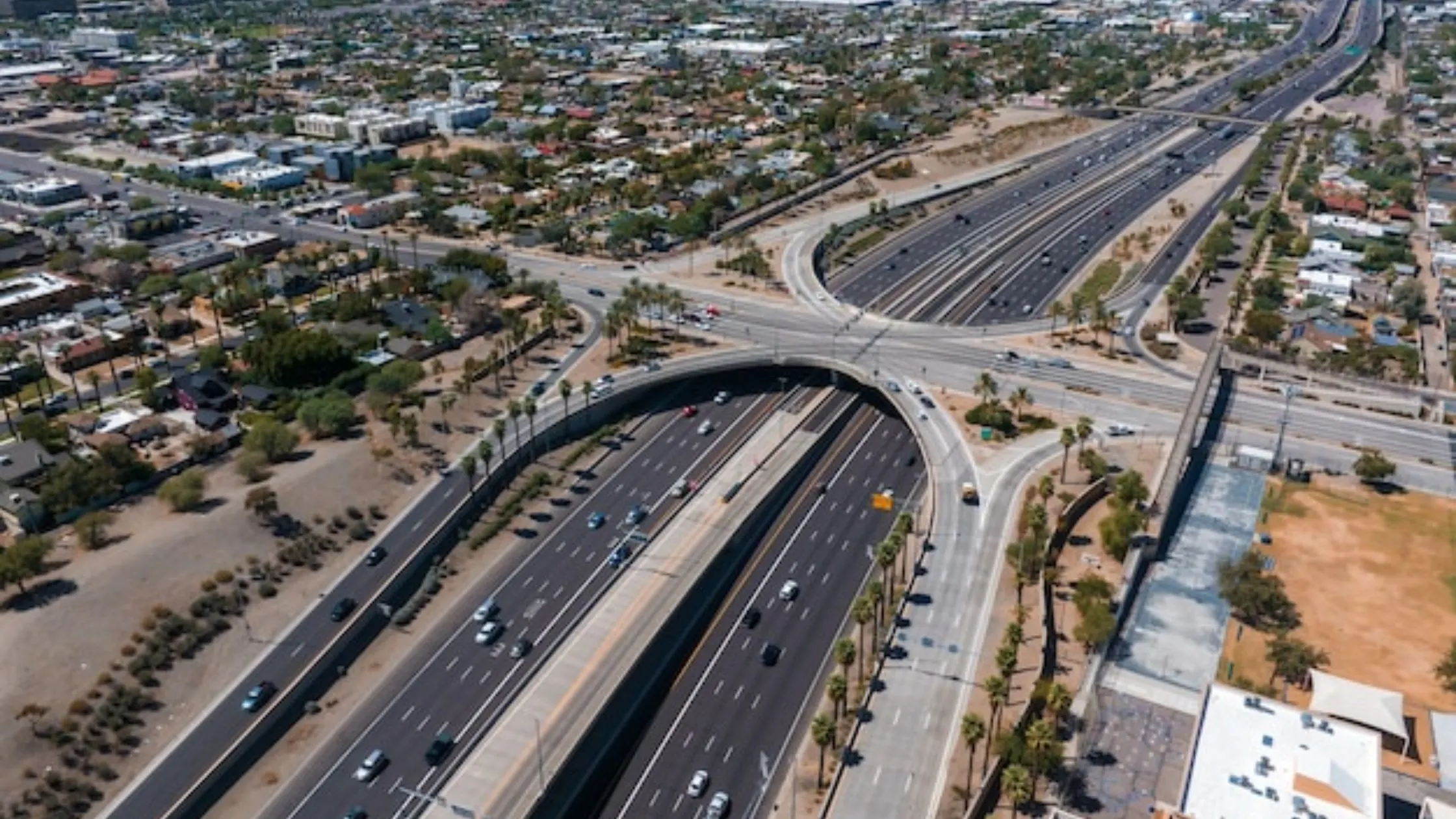
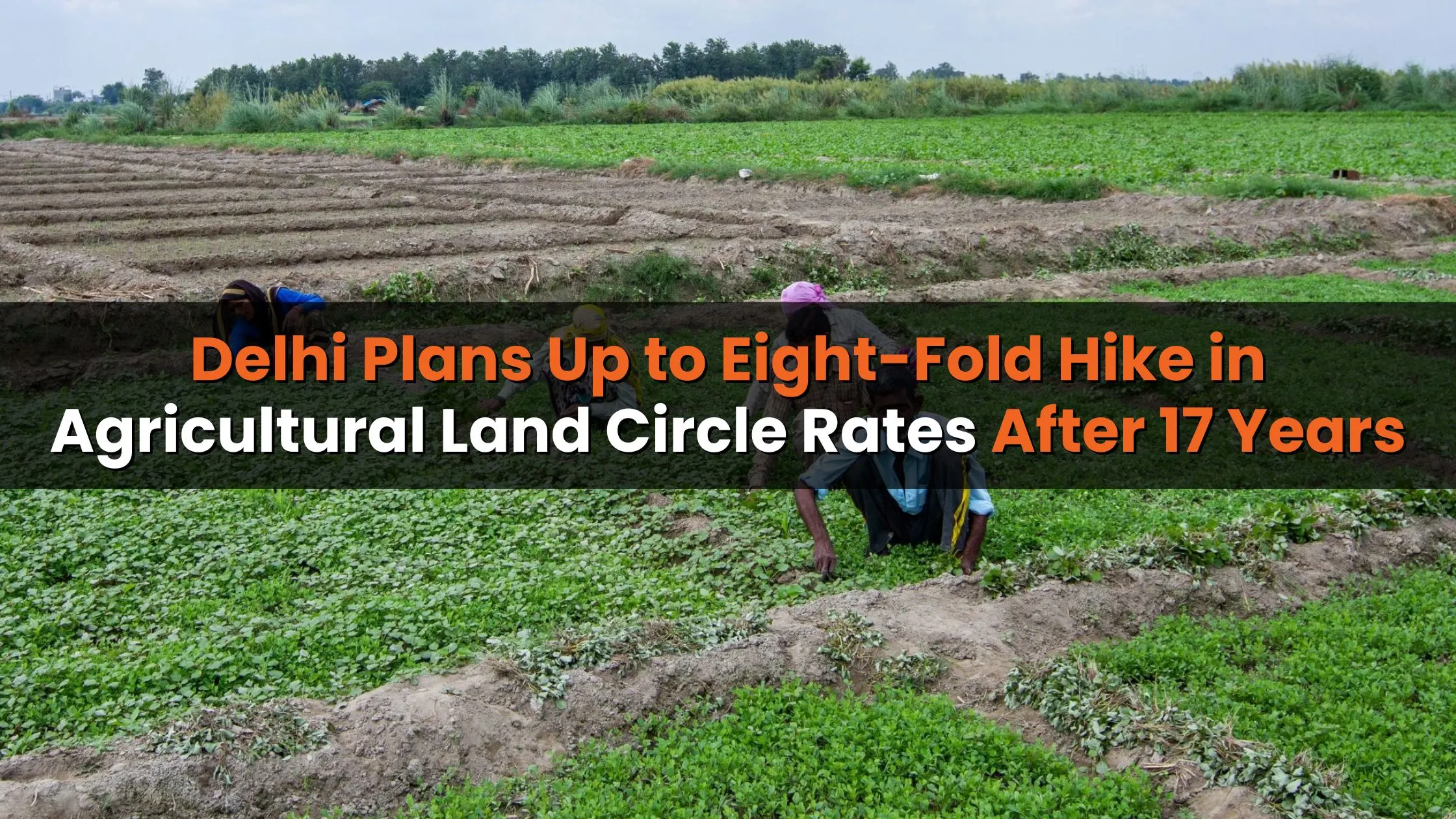
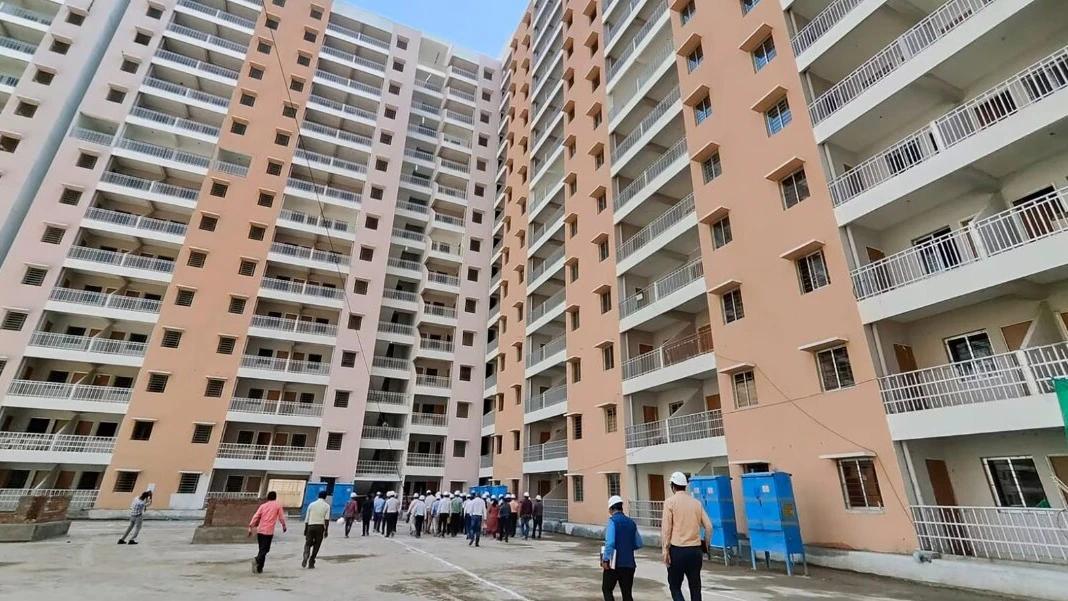
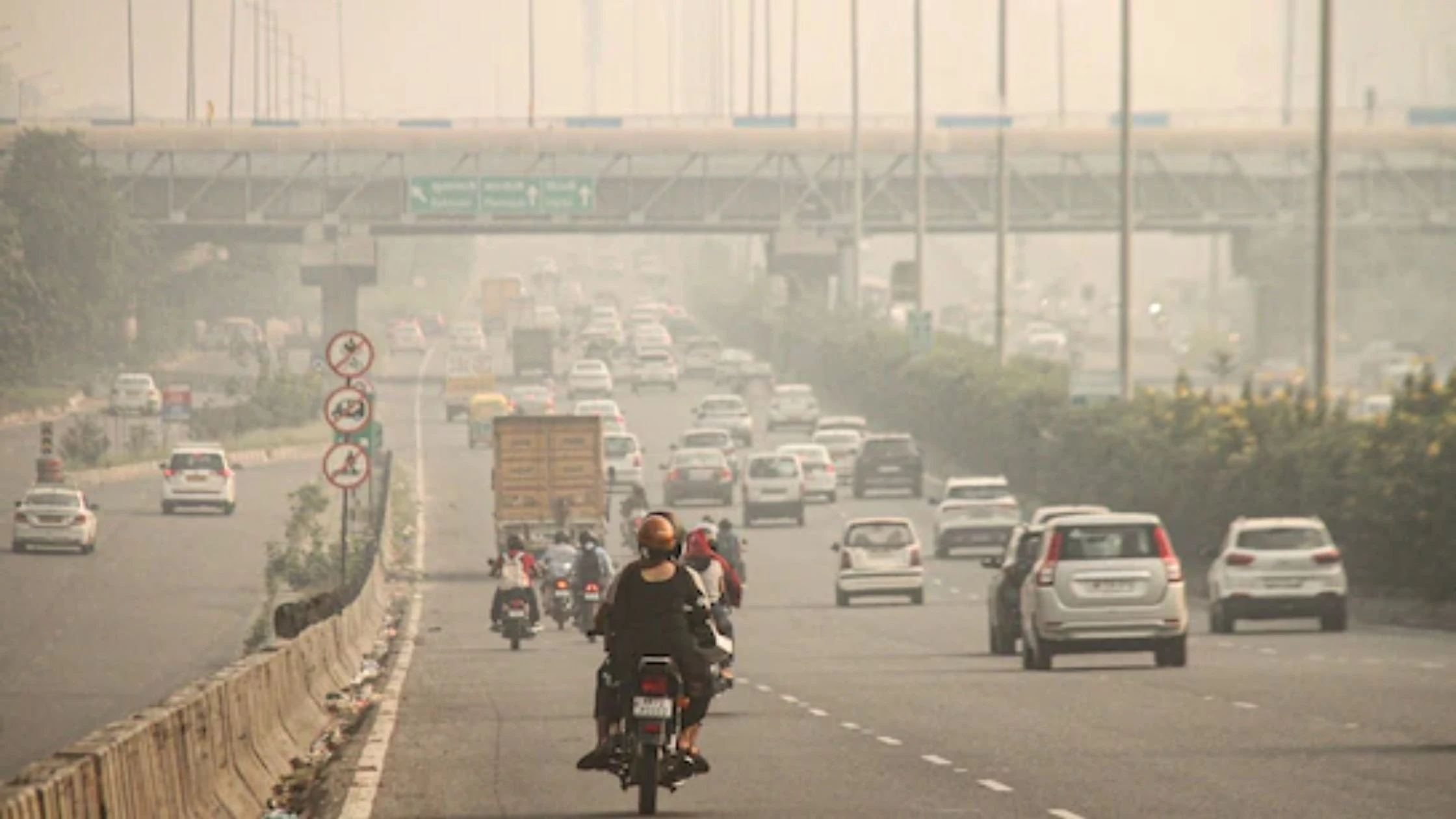
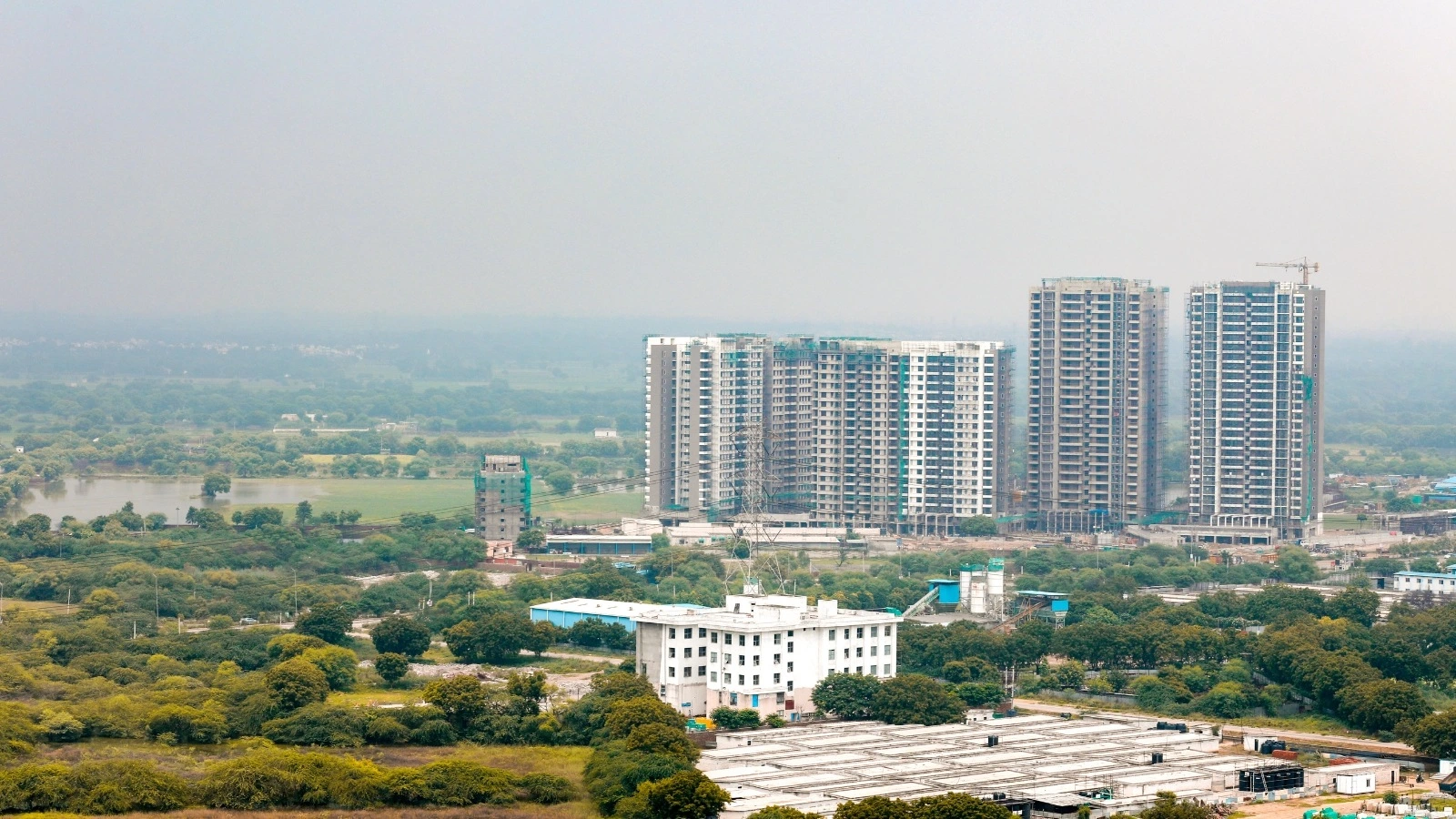

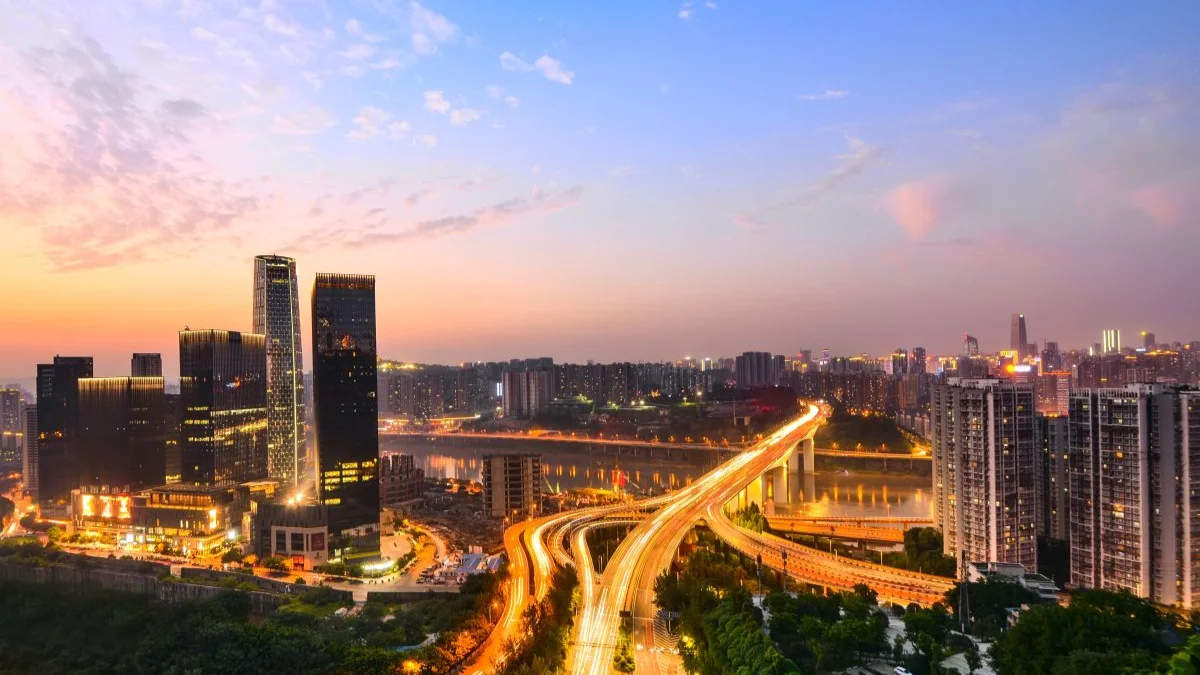
_1766133697.webp)
Ans 1. The Lucknow Kanpur Expressway spans approximately 63 km, connecting Shaheed Path in Lucknow to Azad Chauraha near Kanpur’s Ganga Bridge.
Ans 2. As of November 2025, the project is 99% complete, with trial runs already conducted. The expressway is expected to be fully operational by December 2025 after final clearances.
Ans 3. Once operational, it will cut travel time from 90 minutes to just 40–45 minutes, offering the fastest road route between the two cities.
Ans 4. The project is being developed under the EPC model by PNC Infratech, with Egis India Consulting Engineers Pvt. Ltd. as the project designer.
Ans 5. The total project cost is estimated at around Rs 4,700 crore, including both construction packages and land acquisition.
Ans 6. Key localities along the route include Nawabganj, Banthara, Bani, Datauli Kantha, Taura, Neorna, Amarsas, and Rawal, ending near Kanpur’s Azad Chauraha.
Ans 7. Yes, tolls are expected once it becomes operational. Tentatively, cars may pay around Rs 125, trucks around Rs 413, and local users may get an annual pass for about Rs 3,000.
Ans 8. The expressway is expected to boost residential, commercial, and industrial development along the corridor especially in areas like Shaheed Path, Banthara, and Bani, where property values are already rising.
Ans 9. It will link with major expressways such as the Ganga Expressway and Ghaziabad-Kanpur Expressway, forming part of Uttar Pradesh’s integrated expressway network.
Ans 10. The expressway is expected to open for public use by December 2025, after the final phase of approvals and safety audits.